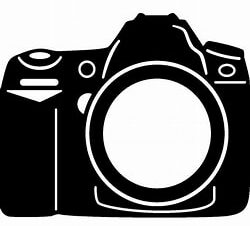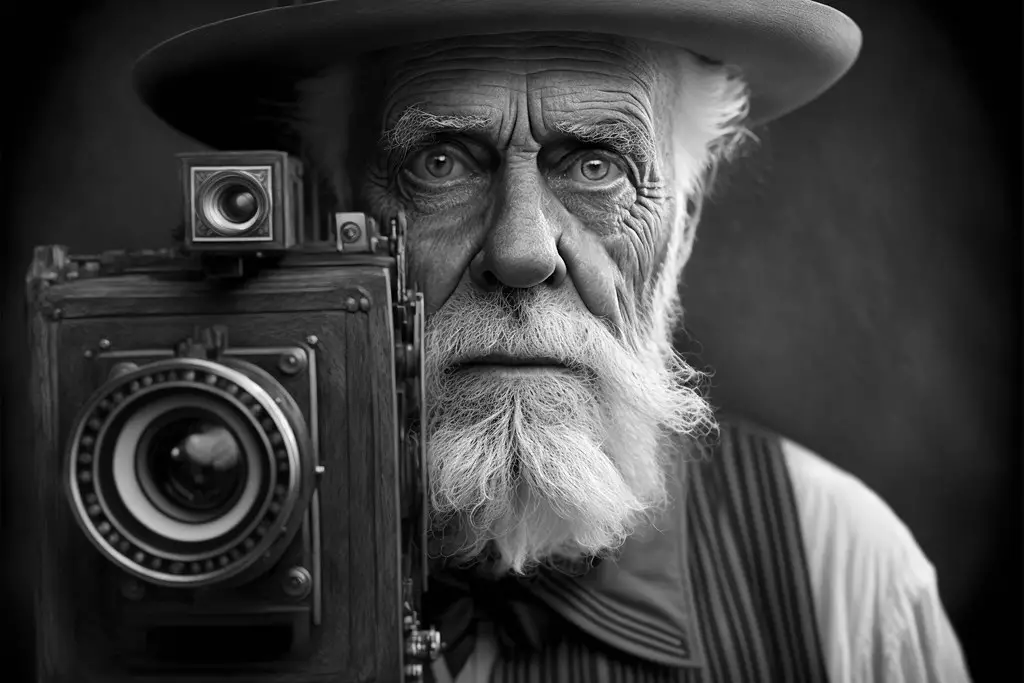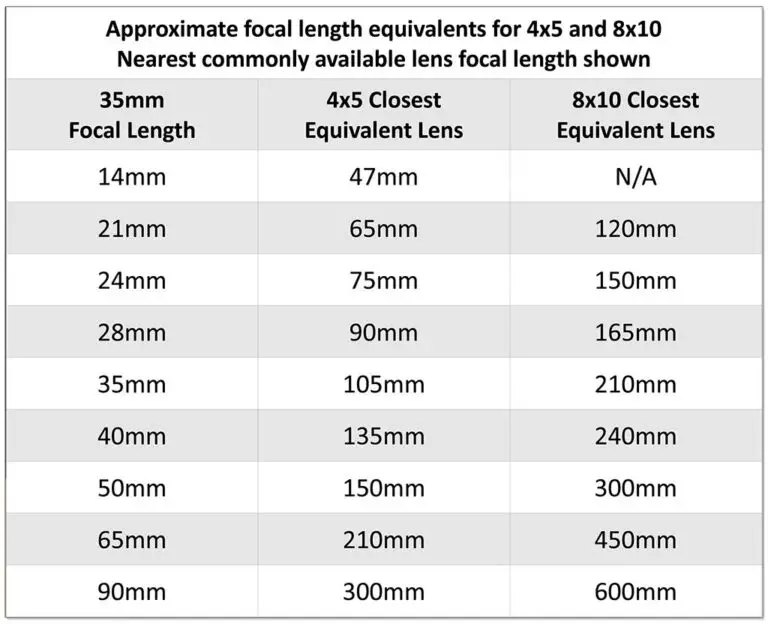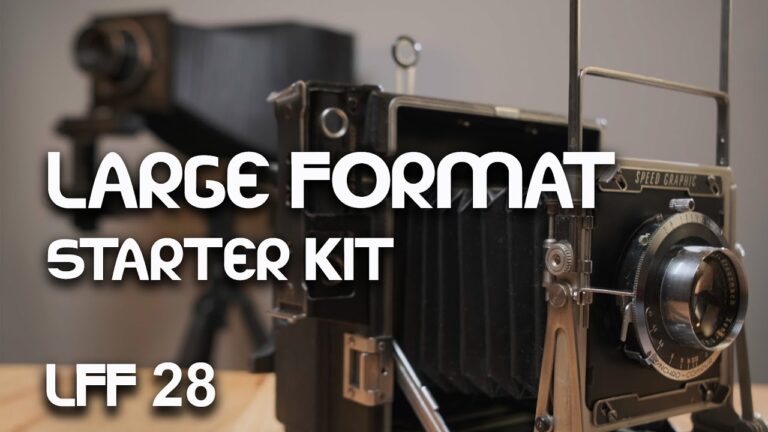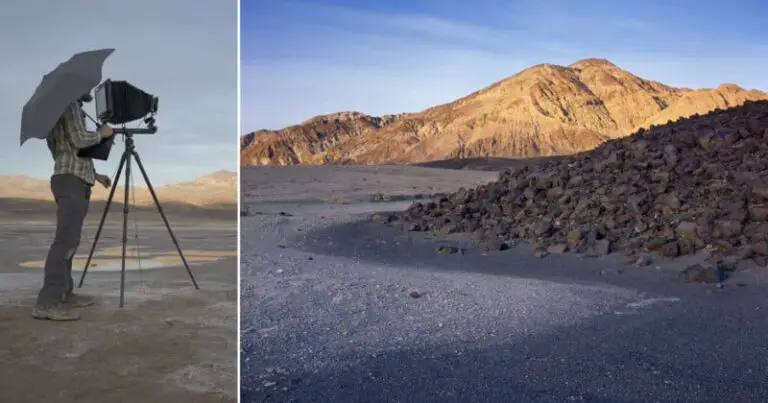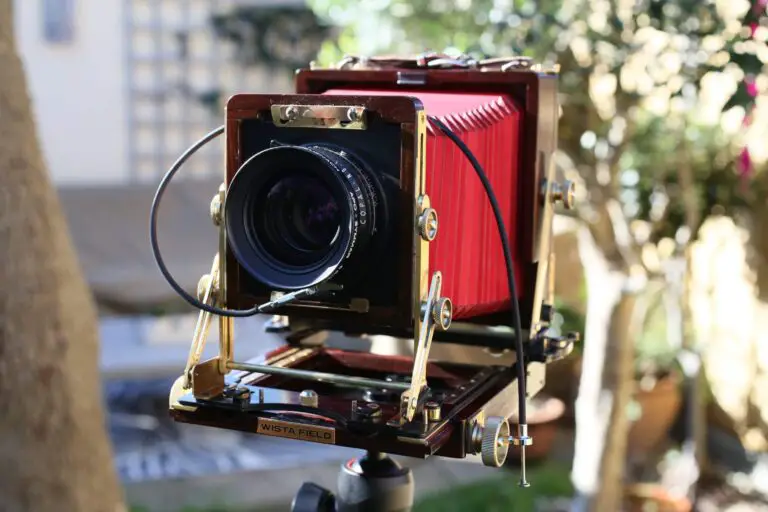Large Format Film vs. Digital: Weighing the Pros and Cons
In the captivating world of photography, few debates are as timeless as the one surrounding large format film and digital photography. Heralded as the epitome of classic artistry, large format film has its staunch defenders who proclaim its peerless image quality and the indescribable magic of the darkroom process. On the other side stands digital photography, with its breed of photographers extolling the virtues of convenience and technological advancement. But what truly distinguishes these mediums, and how can each be best utilized to capture the perfect image?
For photography enthusiasts and professionals alike, understanding the inherent qualities of large format film and digital photography is crucial to informed creative choices. This article serves as both a guide and an open invitation to explore the nuanced differences between these two pillars of the photographic world.
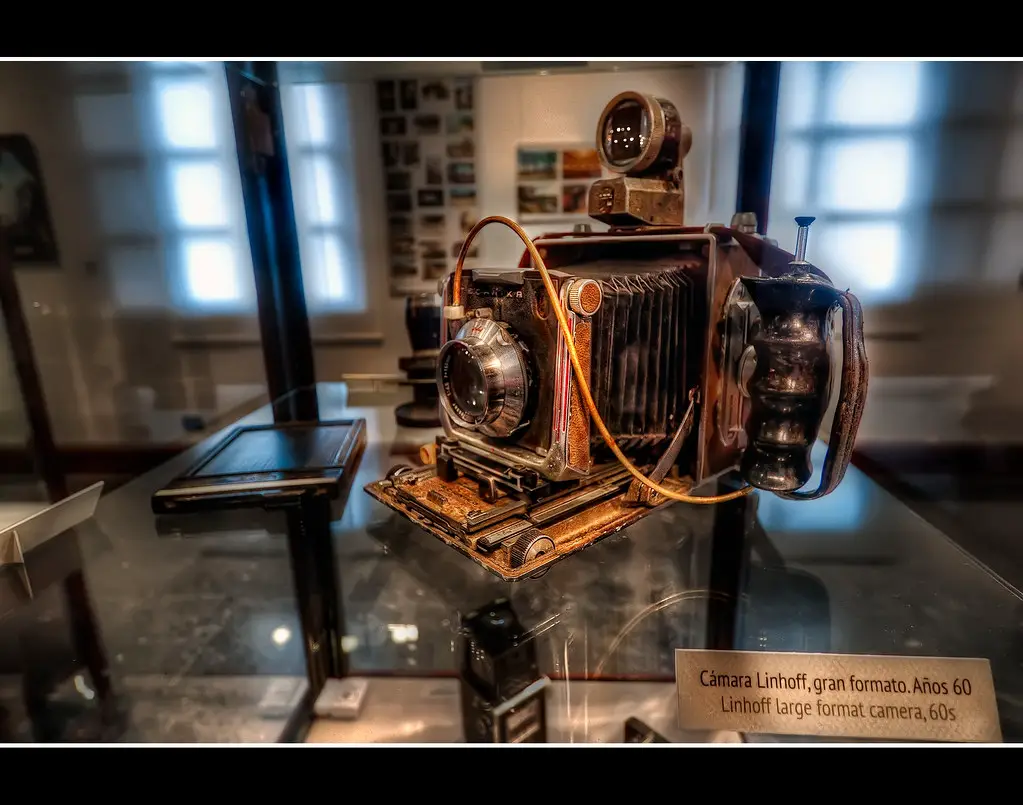
Introduction
Photography has always been a field where technology and artistic vision intertwine. Over the years, film photography has given way to the digital revolution, promising greater accessibility and versatility. However, die-hard film aficionados would argue that this convenience comes at a cost—the erosion of a certain ‘soul’ or ‘depth’ present in the analog process.
Both large format film and digital photography offer unique experiences and come with their distinct strengths and weaknesses. Understanding these differences is essential for photographers, as it can profoundly impact their creative process and final output.
Large Format Film Photography
Advantages
Impeccable Image Quality
In the sphere of image quality, large format film reigns supreme for many. The sheer size of the negatives—4×5 or 8×10 inches—captures an extraordinary amount of detail that digital sensors, even high-resolution ones, often struggle to match. From landscape vistas to portraiture, the clarity and depth of large format film are legendary.
Dynamic Range
Another area where film excels is dynamic range, the ability to capture a wide spectrum of light and shadow detail in a single image. Film’s exposure latitude offers a forgiving canvas for the photographer, even in contrasty lighting conditions, leading to detailed highlights and rich shadows.
Tangible Experience
One of the most heralded aspects of large format film photography is the tangible element. From loading the film holders to the physicality of the camera, and finally, the feeling of holding a negative or print, there is a hands-on engagement that many find deeply satisfying.
Disadvantages
Cost
Notably, large format film is an expensive venture. The cost of film, processing, and printing can quickly add up, particularly for those who are not just shooting for personal enjoyment but for professional purposes where hundreds of shots may be necessary.
Processing Time
The time between taking a photograph and seeing the final result is a process measured in hours or days with large format film, starkly contrasting with the instant gratification of digital photography.
Limited Exposure
The number of exposures a photographer can take in a single session is constrained by the number of film holders they have brought along, often limited to less than two dozen shots per outing. This scarcity necessitates a highly selective approach, which can be a drawback in fast-paced or unpredictable shooting environments.
Digital Photography
Advantages
Convenience
Perhaps the most obvious benefit of digital photography is its convenience. The ability to take hundreds of photographs on a single card means no longer worrying about running out of ‘film.’ This abundance of shots is particularly advantageous in situations where the perfect moment is fleeting.
Instant Feedback
Digital cameras offer immediate gratification through the ability to review images and make adjustments on the fly. This constant feedback loop accelerates the learning process and empowers the photographer to refine their craft with each click of the shutter.
Editing Flexibility
Post-processing in the digital realm offers unparalleled flexibility. The ability to manipulate exposure, contrast, and color to a high degree after the image is taken is a power film photographers could only dream of. Digital also allows for quickly switching between color and black-and-white versions, without the use of filters or a subsequent darkroom process.
Disadvantages
Image Quality Limitations
While digital technology has made great strides in mimicking film quality, particularly in full-frame and medium format sensors, large format film still arguably holds a quality edge.
Dynamic Range Constraints
Though digital sensors are improving, they still lag behind film in terms of dynamic range. In high-contrast lighting, digital can sometimes struggle to retain detail in both the shadows and highlights without the use of multiple exposures or careful post-processing.
Lack of Tangibility
The intangible nature of digital photography—the lack of a physical negative or print—diminishes the tactile connection that many photographers cherish about the film process.
Comparison
Comparing large format film to digital photography is not about determining a winner but instead identifying the best tool for the job. Each medium has scenarios where it excels; the goal is to understand when to reach for the 8×10″ film holder and when to grab the latest DSLR or mirrorless camera.
In terms of resolution and tonal range, large format film delivers higher quality on larger formats than digital cameras in almost all situations.
On the contrary, digital offers unprecedented access and flexibility, especially important in the fast-paced world of photojournalism or when a wide variety of shots are required.
Conclusion
The decision between large format film and digital is perhaps best seen as a choice between two different paths towards the same creative goal. Ultimately, the choice will depend on the photographer’s individual style, shooting conditions, and desired outcomes. There is no right or wrong; only the art and joy of creating images that resonate with both the creator and the viewer.
To those who have been firmly planted on one side of the divide, consider stepping out of your photographic comfort zone. By experimenting with different mediums, you might just find inspiration and a fresh perspective waiting for you. Happy shooting!
